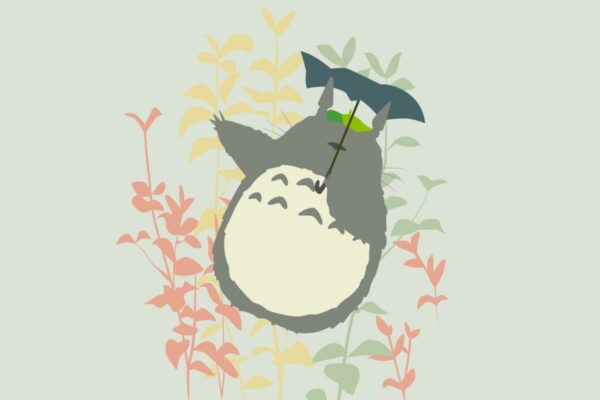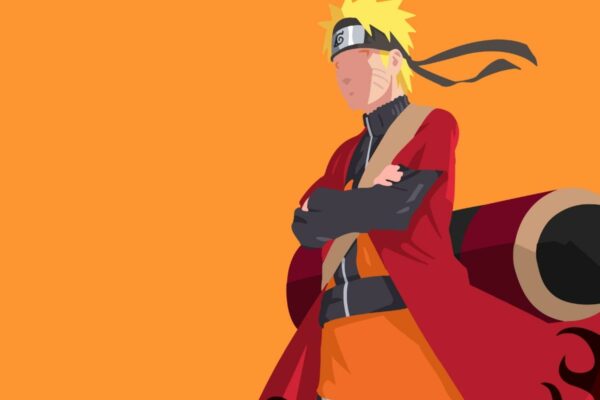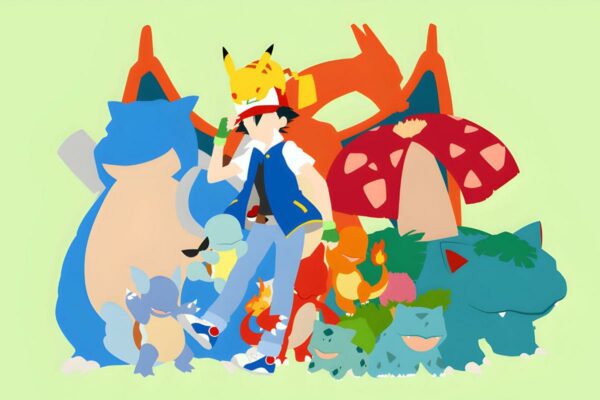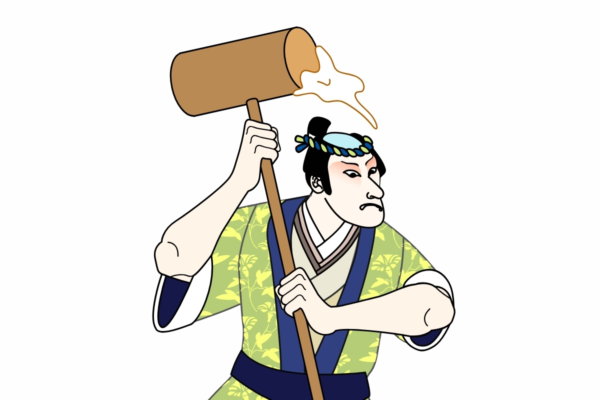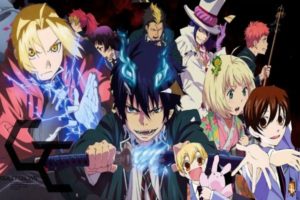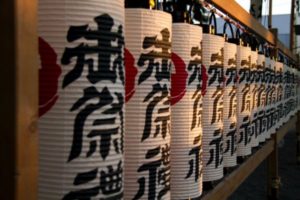Everyone has heard of Animal Crossing and The Legend of Zelda. Even non-gamers are familiar with Mario and Pokemon. All of these well-known games are such cultural institutions that if you haven’t played or even heard of any of them, you must be living under a rock.
All the aforementioned games are developed by Nintendo, one of the video game industry’s major superpowers. Nintendo is a video game company popular for its many memorable games. Players from all around the world enjoy the Japanese company’s games, from the early years with NES and Gameboy to Wii and Switch.
With the release of The Legend of Zelda: Breath of the Wild, Nintendo proved itself to be a legendary and outstanding company yet again. With the game’s deep lore, innovative graphics, beautiful landscapes, fascinating puzzles, and remarkable soundtrack, people received BotW with great enthusiasm. However, other than its amazing gameplay, there is also much to be drawn from the political and cultural richness embedded in the game.
Today, we’ll explore the Japanese social, cultural, and historical elements that shaped Zelda’s Breath of the Wild.
A Peek into Japanese Cultural and Historical Roots
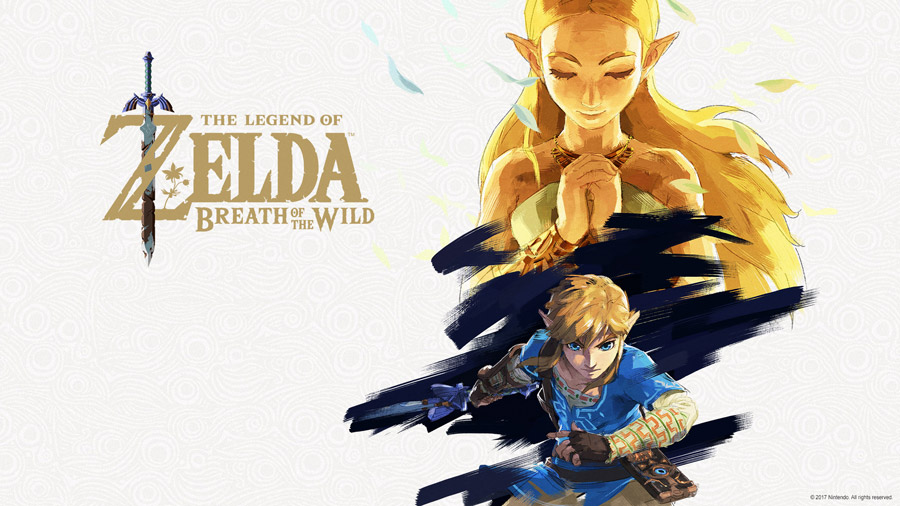
The Japanese have long been known to mimic Westernized conventions and idealisms through their own culture in various ways. This practice has been normalized in their customs, with characters in anime, manga, and video games seeming to borrow features from the West with their big eyes, sharp noses, colored eyes and hair, and other unique physical features that may not be as present in other Asian ethnicities.
This practice termed dōka refers to the perception of how Japan is able to successfully copy certain foreign influences while still maintaining their Japanese identity. As remarkable as that may sound, however, it also instilled in them a sense of inferiority and foreign competition which led to numerous identity crises in historical eras.
The undertone of Japanese media’s Mukokuseki or the “deliberate lack of ethnic features included in the character design of Japanese fictional characters” is observable. Characters’ features as having ambiguous features express statelessness and a negation of a specific nationality to cater to a wider audience.
The Legend of Zelda, however, takes a different route from this as it is one of the noteworthy video games that marked the “comeback” of Japanese video games. With BotW as well as other games in 2017, it was suggested that Japanese video games have found renewed freedom in expressing their unique identity after having been in competition with the West.
The Japanese Identity in BotW
If you look at the game, you can see a lot of Western influences, but it also has a nativist tone to it that emphasises the unique Japanese identity in contrast to other countries.
So, how exactly does the game manage to do so?
The Hylians, Gerudo, & Sheikah

The iconic fantastical Kingdom of Hyrule where the game takes place in is rich with cultural background from seven major races with four non-humanoid races and three humanoid races based on ethnic stereotypes of the Anglo-medieval Hylians, Oriental Gerudo, and Japanese Sheikah. The Hylians are implied to be superior to the other races, and they correspond to Anglo-medieval stereotypes which ultimately represent the West in the game. The Oriental Gerudo, on the other hand, corresponds to the Eastern or the binary representation of both the East and the West. It is with the Sheikah that the Japanese have distinguished themselves to be independent and unique not just with the West but also with other Asian countries.
The Hylians on the surface level seems to be superior and powerful, but looking beyond their hegemony, their sense of divinity is perhaps not all it is proclaimed to be. Certain Hylians discriminate against appearances, display racism and feelings of superiority, and portray greed. In the game’s compendium, as well, a Hylian king was said to fear the technological prowess of the Sheikah, causing them to be exiled and their research to be abolished.
Consequently, knowledge regarding technology dwindled, and when technology was most needed, it was unavailable as Hyruleans no longer knew how the advancements worked. As such, Ganon, the game’s main antagonist, was able to infect the Guardians and Divine Beasts while provoking mass extinction.
This illustrates the underlying interaction of the Western with indigenous Japanese culture. And although this is a major stretch, one could argue that it is some kind of metaphor for the West “suppressing” the technologically competent and capable Japanese and creating, well, damage in the process.
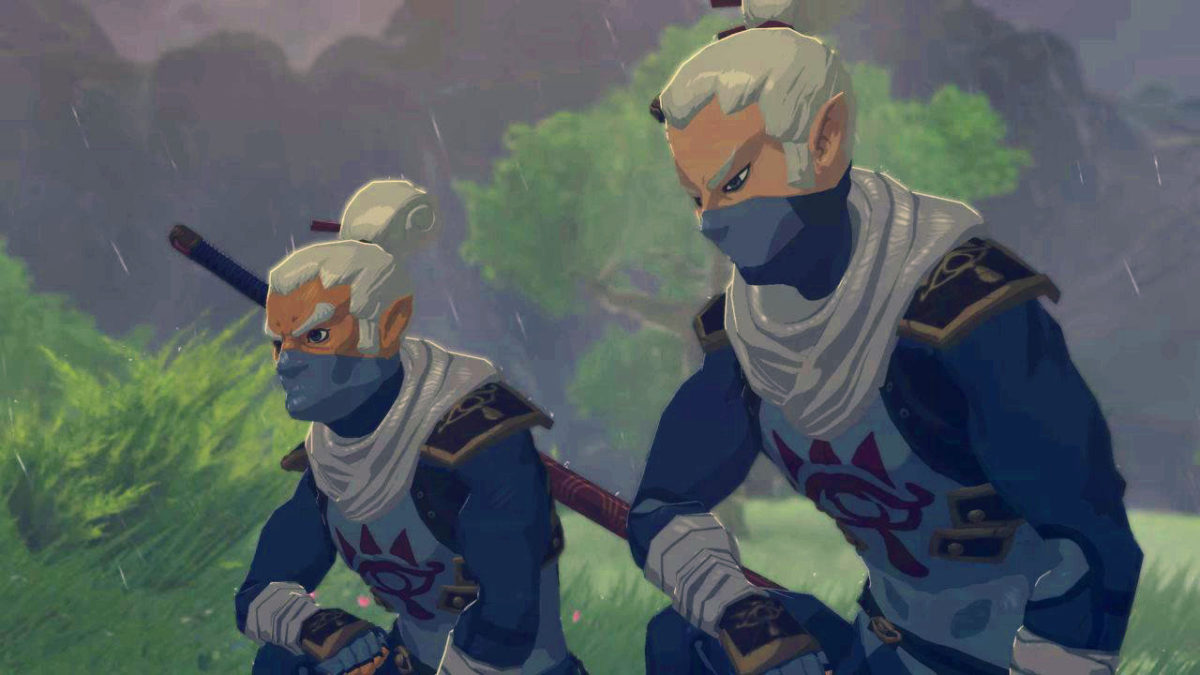
In BotW, the background of the Sheikah is fleshed out as a race that strongly draws upon traditional Japanese iconography, compared to those of other Zelda games. The Sheikah wear robes reminiscent of the kimonos Japanese people are known for. Their town, Kakariko, also shows Japanese style through the shinmei-zukuri style with torii and shimenawa strings. Additionally, their ancient technology draws from Japanese art history with the shapes and intricacies of the vases, shrines, and rope designs.
Furthermore, interestingly, the Sheikah find their counterparts in the Yiga clan which replicate the shinobi or ninja archetype through their weapons, hand gestures, and disguises. The bushido mindset, or the Eight Virtues of the Samurai, taught to Link were also observable. Other elements and characters such as the three dragons, the Lord of the Mountain, and Korok, in the game represent Japaneseness.
The Sheikah & Link

Upon numerous observations, it emerges that Link is highly dependent on the Sheikah’s traditional mindsets, cultures, and technological advancements. He is reliant on the Sheikah’s wisdom and power, evident since the start of the game when he wakes in a Sheikah resurrection bath which had kept him alive for centuries, uses a Sheikah slate which becomes his guiding force throughout the game, meets Impa a Sheikah elder to be his spiritual guide throughout the game, receives Sheikah technology to use in the shrines, and obtains power from the Sheikah monks.
Although these may not seem as obvious at first glance, delving deeper into the narrative and dynamics of the game shows how Nintendo was able to make Zelda: Breath of the Wild not only a fun and interactive game but also a culturally and identity-significant one. With the Sheikah, BotW was able to represent elements of Japan through imagery and metaphors.










